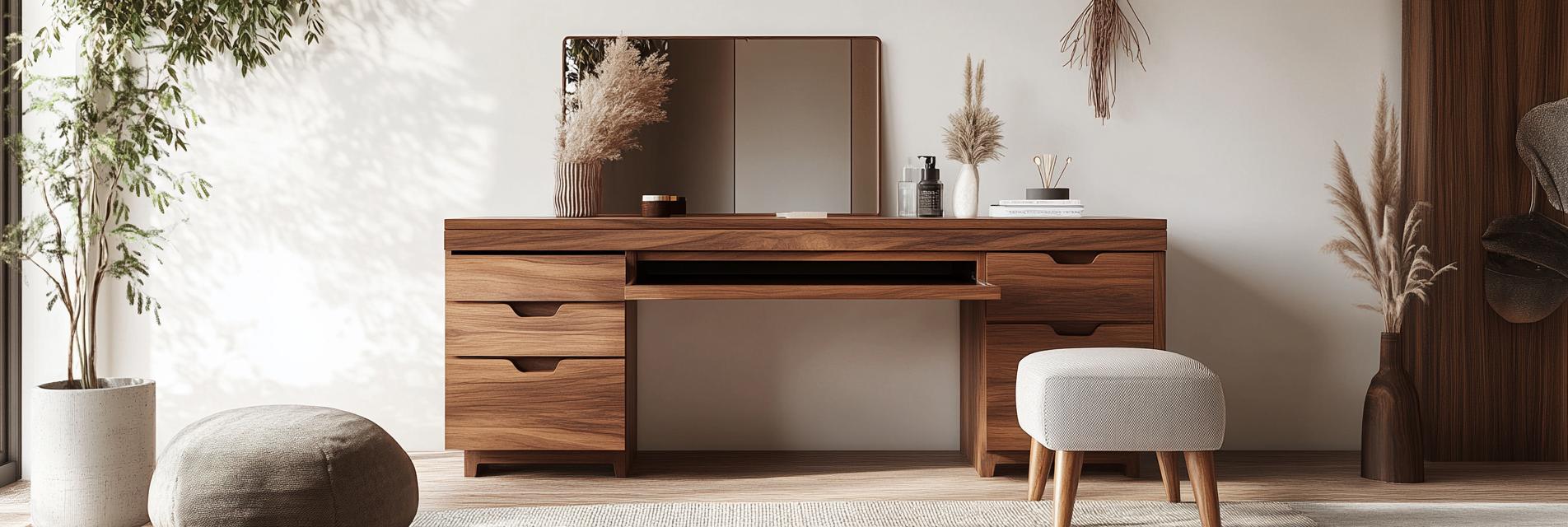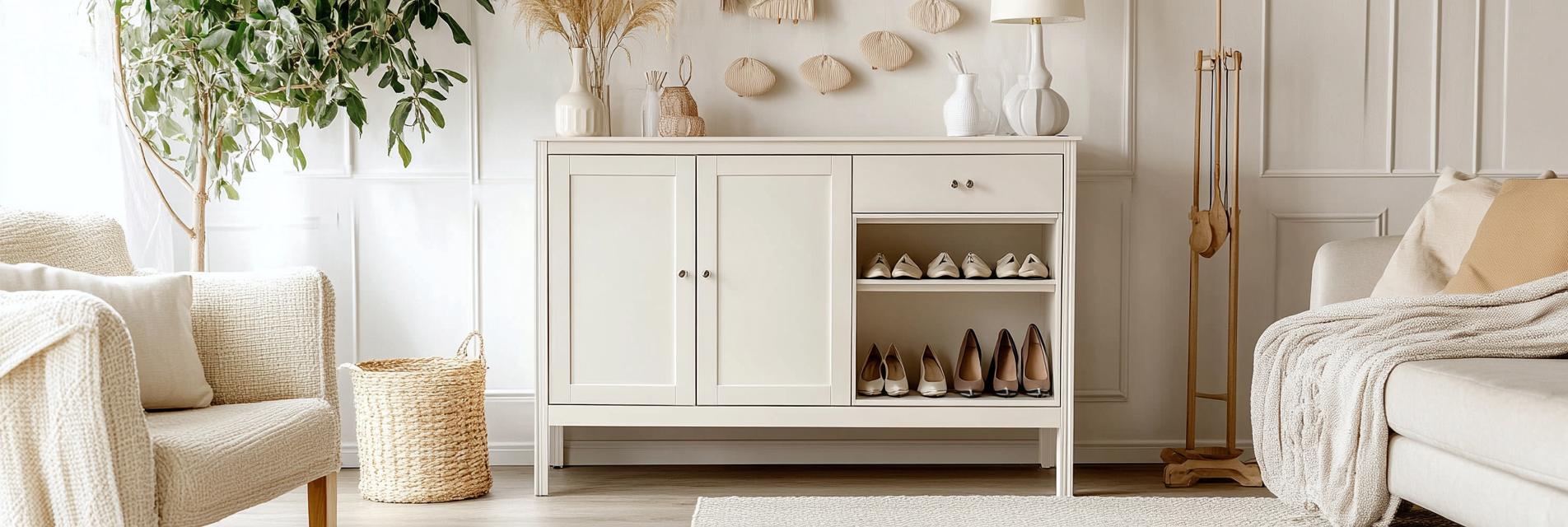
Are you curious about the cleaning methods for different types of wooden furniture? This guide focuses on the daily maintenance of wooden furniture. It not only provides cleaning tutorials for wooden furniture of different materials but also covers practical methods for moisture - proofing and scratch repair, helping you extend the service life of your furniture and keep it in good condition.
Wooden furniture is a significant investment in your home. According to research, well - maintained wooden furniture can last up to 20 - 30 years, while furniture without proper care may only last 10 - 15 years. For example, a family in a coastal area had a set of oak dining tables and chairs. Due to the high humidity in the area and lack of maintenance, the furniture began to show signs of warping and mold growth within 5 years. In contrast, another family in a relatively dry area regularly cleaned and maintained their walnut bookshelf, and it has remained in excellent condition for over 20 years.
Hardwood Furniture (e.g., Oak, Walnut): These types of wood are dense and durable. Start by dusting the surface with a soft, dry cloth. For stubborn dirt, you can use a mild wood cleaner. Mix a few drops of mild dish soap with warm water. Dip a clean, soft cloth into the solution, wring it out thoroughly, and then gently wipe the surface. Finally, dry it with a dry cloth to prevent water stains.

Softwood Furniture (e.g., Pine, Cedar): Softwood is more porous and prone to scratches. Use a microfiber cloth to dust the furniture regularly. Avoid using harsh chemicals or abrasive cleaners. If there are stains, you can make a paste with baking soda and water. Apply the paste gently to the stain, let it sit for a few minutes, and then wipe it off with a damp cloth.

Humidity can cause wooden furniture to warp, crack, or develop mold. To prevent this, place moisture absorbers such as silica gel packets or activated charcoal near the furniture. You can also use a dehumidifier in rooms with high humidity levels. In addition, avoid placing wooden furniture near sources of moisture, such as bathrooms or kitchens.
Minor Scratches: For minor surface scratches, you can use a walnut. Rub the cut side of a walnut over the scratch. The natural oils in the walnut can help disguise the scratch. Another option is to use a furniture wax or polish. Apply a small amount to the scratch and buff it gently with a soft cloth.
Deep Scratches: For deeper scratches, you may need to use a wood filler. Choose a filler that matches the color of your furniture. Apply the filler to the scratch, let it dry according to the manufacturer's instructions, and then sand it smooth. Finally, apply a coat of wood stain and finish to match the surrounding area.
.png)
In summary, proper cleaning, moisture - proofing, and scratch repair are essential for maintaining the beauty and longevity of wooden furniture. Different types of wooden furniture require different cleaning and maintenance methods. By following the tips in this guide, you can ensure that your wooden furniture remains in top condition for years to come.
Now, we'd like to hear from you. Do you have any unique wooden furniture maintenance experiences? Share them in the comments below!











